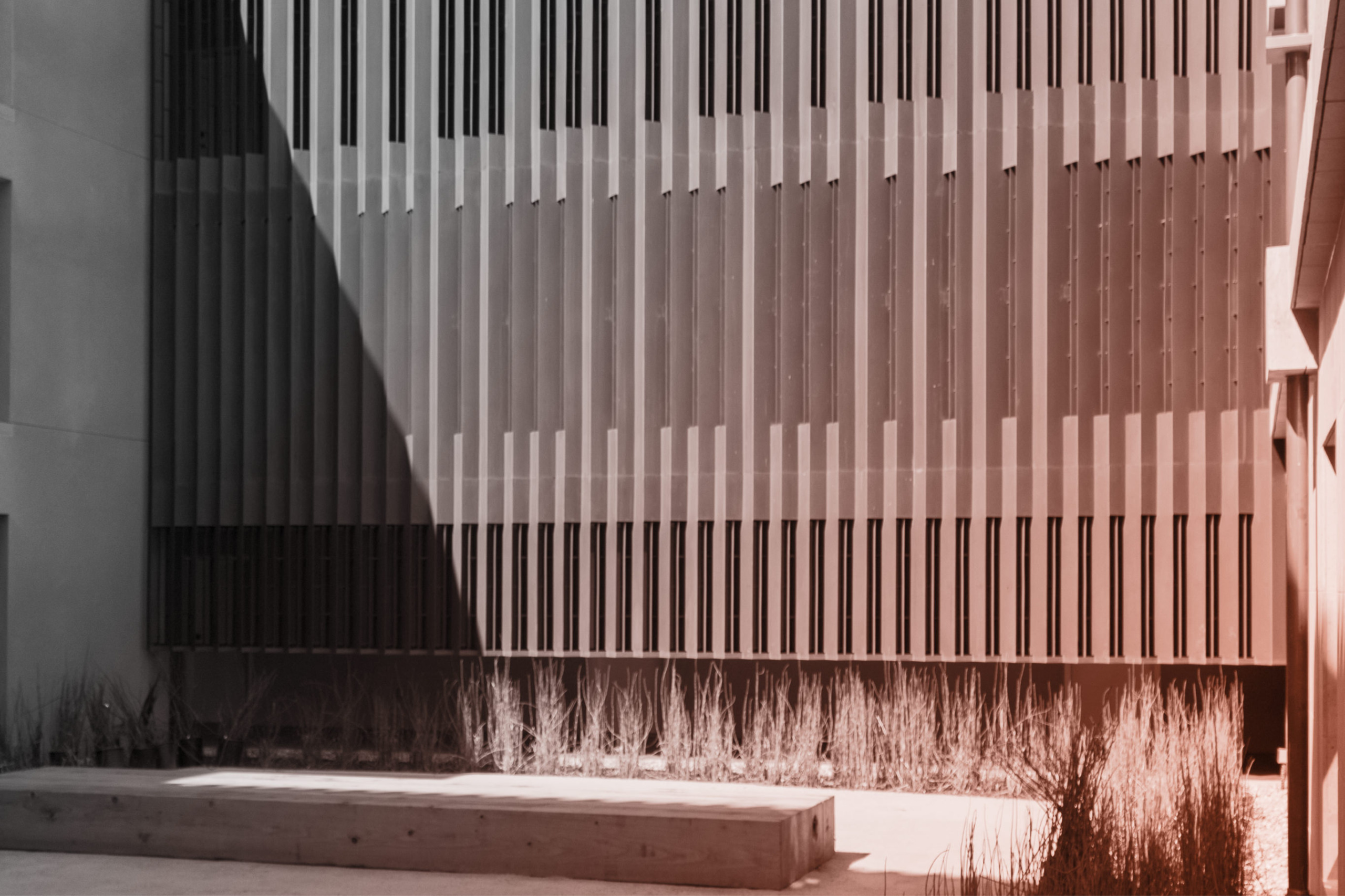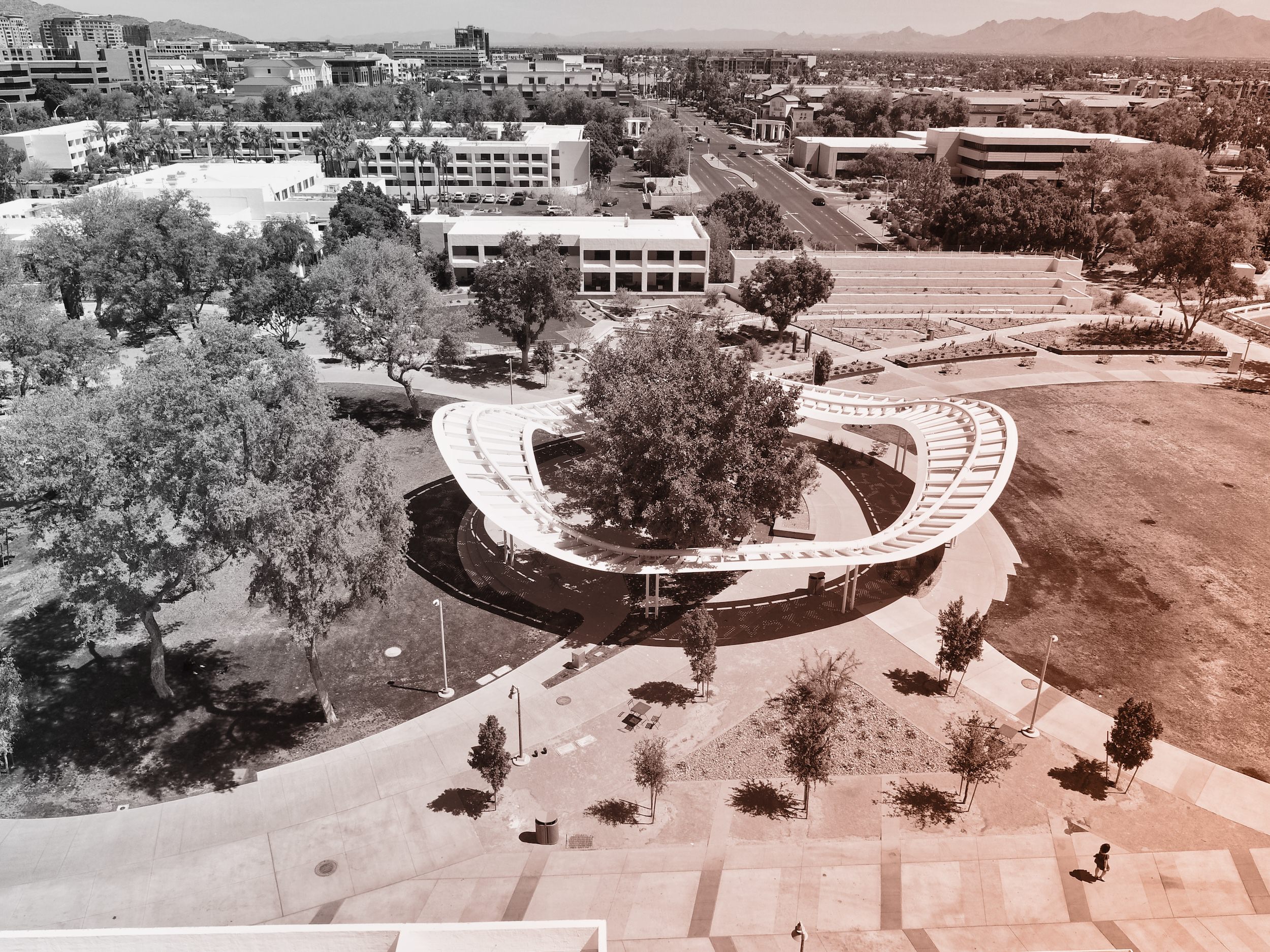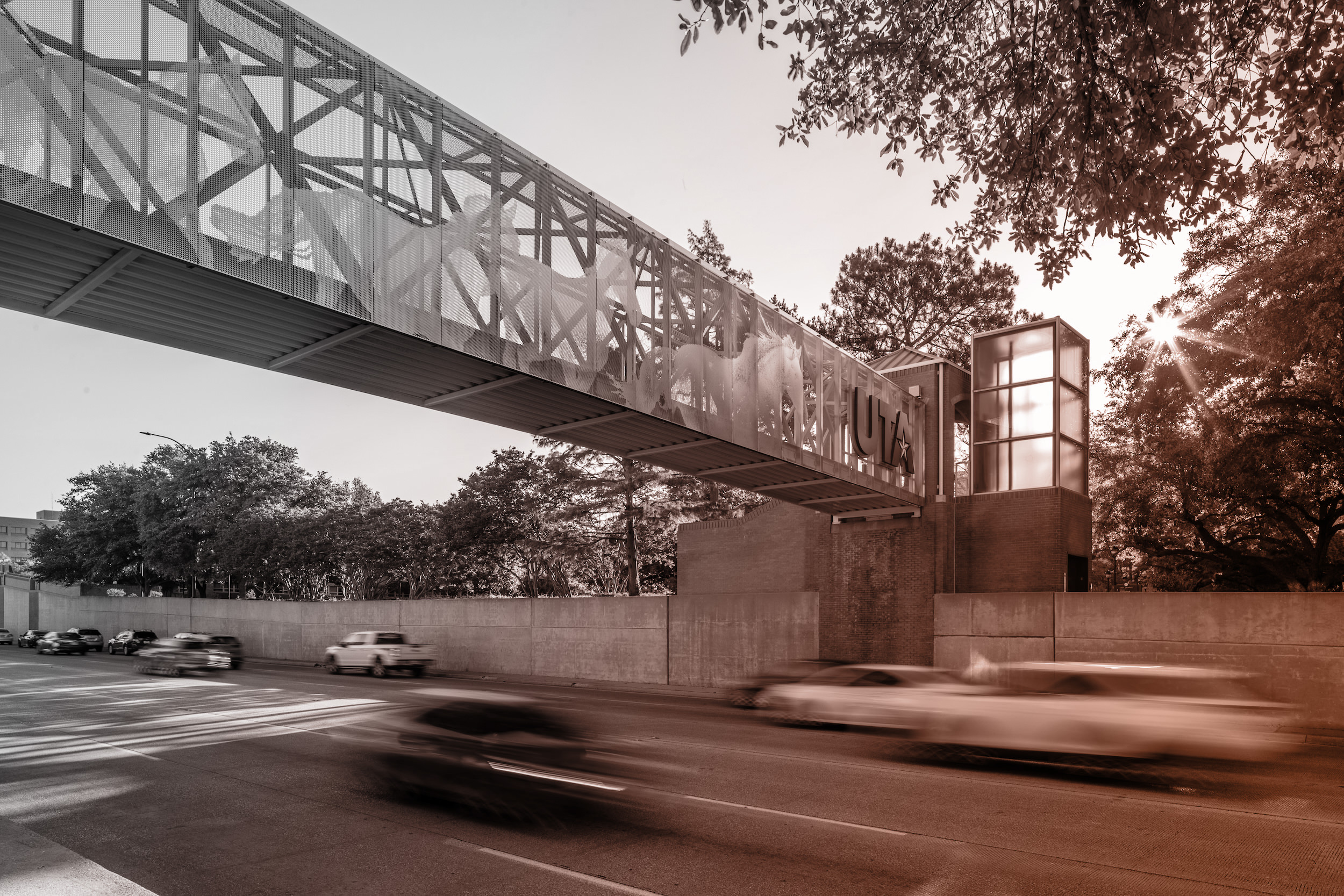Zinc Aging and Weathering
Zinc is one of the few materials designed for long-term projects. Whereas an aluminum facade is only specified to last a few decades, zinc is a noble metal and a properly installed zinc surface can last more than 100 years.
Left to its own devices, raw uncoated zinc will either grow lighter or slowly darken as it reacts to environmental conditions. Under typical conditions, patina color will darken, creating a rich umber feel over time. However, in moisture-heavy regions, the material will lighten over time. The combined result is that the patina will change, aging with sophistication and integrity.
If exposed to prolonged contact with moisture, the metal’s outward face may be susceptible to white-gray areas and/or streaking. This condition can occur with or without a patinated surface. The back face of the zinc material may also suffer from perforation or disintegration. To ensure best performance, the verso may be covered with plastisol or a similar coating to mitigate potential damage.



























 PHOTO © A. ZAHNER COMPANY.
PHOTO © A. ZAHNER COMPANY.

 Photo ©
Photo © 


 PHOTO ©️ Parrish Ruiz de Velasco (parrch.com)
PHOTO ©️ Parrish Ruiz de Velasco (parrch.com)







 Ɱ, Creative Commons Attribution-Share Alike 4.0 International license, edited.
Ɱ, Creative Commons Attribution-Share Alike 4.0 International license, edited.

